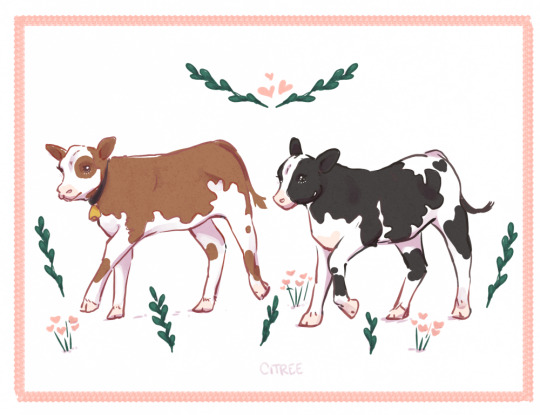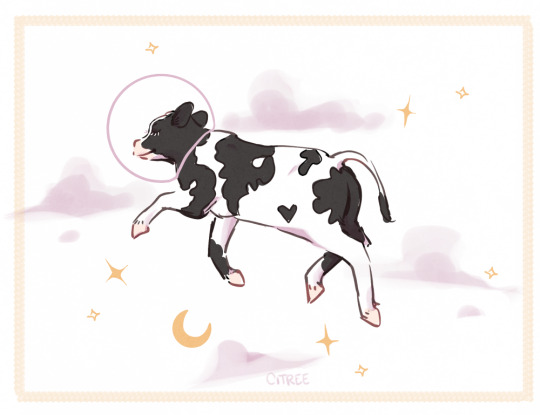Welcome to my tumblr! It's a mess right now because it's in a process of a makeover, but nevermind that... Probably will be rebloging things about my favorite games and a couple other things. Trying to learn how to edit this theme, but hey, my blog is all purple now! Also, I will have a better icon soon, I hope! Credits to it's author because I don't know who is.
Don't wanna be here? Send us removal request.
Video
tumblr
Ok the guy with the net fucking killed me, I’m sure my neighbors heard me laughing.
182K notes
·
View notes
Text
32K notes
·
View notes
Text
99% of all murders committed by women in ancient greek plays are completely justified
308K notes
·
View notes
Note
I read your updated 1890s post, my understanding of what “restricted mobility” meant with foot binding was less that one *couldn’t walk* and more that if effected gait and made it more difficult/slower because it was very painful, especially at first when bones would be broken and re-broken a lot. There are actually a good number of critiques of it for the reason of it causing that as a social issue (keeping women more confined to the home sphere as a way of enforcing patriarchy) from some early Chinese feminists like Qiu Jin, who wrote on it around the period of the post!
I also thiiink one theory of why Manchu 旗鞋 are shaped like that is because Manchu women didn’t bind their feet but because walking on platforms needs care they’d take small steps in a similar way. So the restriction is less “not walking” more like... you probably couldn’t run comfortably, for example.
If you’re interested in more info, I read part of Cinderella’s Sisters: A Revisionist History of Footbinding by Dorothy Ko on a while back this but I no longer have the book with me; she also wrote a book on 莲履 called Every Step a Lotus which I haven’t read but might be of interest? The first one is good in terms of addressing it from a non-Western gaze while still treating it as a feminist issue.
I did have a question; when you say western shoes I’m assuming you mean that style/material, but do you know if they manufactured that style in a way that would fit bound feet? Obviously 莲履 were designed with that in mind, but what about, for example, that type of pumps that European women wore in the 1890s?
Hi, thanks a lot for the detailed ask! I’ll answer this in sections and also expand on some things I didn’t mention in the new 1890s post.
Restricted mobility
It probably wasn’t clear in my post but yes I did mean that women with bound feet wouldn’t be able to walk very fast or do sports, it’s just that many people seem to think that they couldn’t walk at all and stayed at home all day. Since the feet were very small, they were difficult to balance when walking and also pretty painful (although the pain is supposed to be reduced when you’re used to it). Women with bound feet were at least able to walk to some extent, albeit with limited movements and speed.

Source here
1900s studio photograph of a woman with bound feet. She would have at least been able to go to the studio herself and move about there.
Feminist literature *TERFs do not interact
I didn’t include any perspectives from feminist literature on foot binding because it is super complicated and nuanced… The traditional view is that foot binding was created by the patriarchy to keep women at home and dependent on men, but recently it has come under scrutiny because a lot of earlier scholars who argue this viewed foot binding from a Eurocentric perspective.
The authors who argue this also tend to compare foot binding to corsetry in Europe to prove that women were oppressed everywhere, which strikes me as pretty odd because foot binding and corsetry are completely different practices, especially since corsetry doesn’t break any bones or cause permanent changes to the body. It’s kind of funny how scholars jump at the opportunity to compare the two just because they both involve some sort of restriction to the body, even though they were done on two different parts of the body, one which needs support and could be squished and one which doesn’t and couldn’t… (I want to write a rant about this now why do Chinese fashion historians never stop comparing foot/breast binding to corsetry when they clearly don’t have the facts about corsetry correct)
Saying that corsetry and foot binding are both created by the patriarchy to oppress women is also quite a reductive view, and it’s been talked about a lot recently in the Western historical costuming community how corsetry was not oppressive in itself but rather it’s the fact that men used it to create an acceptable window of femininity. I think foot binding has a similar issue, in that it was originally created as a fashion trend but over time men hijacked it and used it to police women’s bodies. Maybe this is less applicable to foot binding because it does permanently change a woman’s body and is extremely painful, and could be considered mutilation by some.

Source here
French 1900s corset ad. Don’t worry about the impossibly small waists shown here they’re just drawings.
Another issue is that the discussion around bodily autonomy can’t really be applied to foot binding because it had to start in childhood, between 4-12 years old, meaning it was often forced onto children by their older relatives, sashaying off into the realm of child abuse. 4-12 is also an age at which young girls could not give consent to something like this by 2020s standards, so even if they agreed to foot binding that would not be legitimate and it would still be child abuse. I haven’t heard of a single woman who started binding her own feet willingly in adulthood, but if that were the case I don’t think it would cause any feminism related issues because she’s exercising her bodily autonomy (ok health wise that is definitely not encouraged, but gender wise it’s fine I guess).
By the way foot binding is still technically illegal in China in 2021 so do not try this at home. A note on the importance of legally banning foot binding (it was made illegal in 1912): it was less about limiting women’s fashion choices and more about preventing parents from forcing their daughters into foot binding so they could be more suitable for marriage, which was a prevalent phenomenon back then.
I would advise to take the writings of Chinese first wave feminists like Qiu Jin with a grain of salt because she also wrote about how in order to emancipate ourselves, women have to dress like men, reinforcing the view that men’s fashion is the norm and be all end all for human clothing while women’s fashion is a deviation from the norm. I find this pretty misogynistic, as it goes back to a long global tradition of treating masculinity as the norm and femininity as some weaker side product (like Eve and Adam’s rib), men ridiculing women’s fashion because we’re frivolous and stupid and don’t know better, and every woman who chased after fashion trends is a ho or something. I feel like this issue wasn’t so widely talked about until very recently, with people reclaiming the bimbo label and all, and before a lot of feminists still fell into the trap of treating femininity as a weakness. I have to admit the Chinese feminist community nowadays still has some trouble coming to terms with gender identity, since a lot (I mean a lot) of Chinese feminists on social media are super transphobic.
Oh yeah Qiu Jin was also pretty racist (toward Manchus), yikes. Most Chinese first wave feminists and revolutionaries at the time in general would be so cancelled if they were alive today, and for good reason. All that talk about the “revitalization of our race” and “Manchu barbarians” and whatever, super völkisch, give me a break… I think it’s very important to address the problematic parts of early revolutionaries while still acknowledging their legacy.

Source here
Qiu Jin in men’s clothing and Western shoes, maybe 1900s. By the way some statues of her and period dramas about her show her in a mid 1910s aoqun outfit that is incorrect, and quite disrespectful to both fashion history and her crossdressing habits (she died in 1907).
I haven’t finished reading Cinderella’s Sisters but as of now I really appreciate how Dorothy Ko sheds some new light on the topic of foot binding. Thanks for recommending the other book!! I’ll check it out once I finish Cinderella’s Sisters.
Manchu shoes
Yes, like you pointed out, the consensus nowadays is that Manchu women added block heels to their shoes so they could walk slowly and elegantly like Han women, without the need to do foot binding. However, I have worn reproduction Manchu shoes before and could run in them no problem (ngl they were weirdly comfortable), although you definitely have to watch out when going up or down stairs, so maybe it was also more of a fashion thing than a mobility thing. I’m not good with Manchu fashion history so I’m not sure when exactly these shoes began to appear.

Source here
Manchu platform shoes.
Western shoes
Western shoes were all made for unbound feet, sorry for not making that clear in the post. I don’t think I’ve seen a single example of shoes constructed in the Western method that were made for bound feet. In the 1890s and 1900s, a lot of women either weren’t bound in their childhood or had unbound their feet by themselves (yes that was possible, Qiu Jin did that too), after which they could fit into Western leather shoes. Since Western women’s feet at the time were also significantly smaller than nowadays, it was convenient for Chinese women with natural feet to wear them. Women with bound feet wore Chinese construction lotus shoes.

Source here
Chinese Australians with natural feet wearing Western clothes and shoes, 1918.

Source here
1900s photograph of women with bound feet wearing lotus shoes.
729 notes
·
View notes
Text

people on twitter will say literally anything huh
159K notes
·
View notes
Text
Will humanity ever be free of the influence of Edna Mode? Can any of us so much as consider the character design for a hero or villain without her manifesting in the room, fully aware of our sins?
226K notes
·
View notes
Text

MY TA SHOT SOMEONE IN THE FOOT AND THE PROFESSOR WAS SO FUCKING QUICK LMAOOO
270K notes
·
View notes
Text
Hey guys so I'm at a sleepover and I'm an early bird so I photoshopped Dolly Parton holding the Holy Moonlight Sword to pass some time
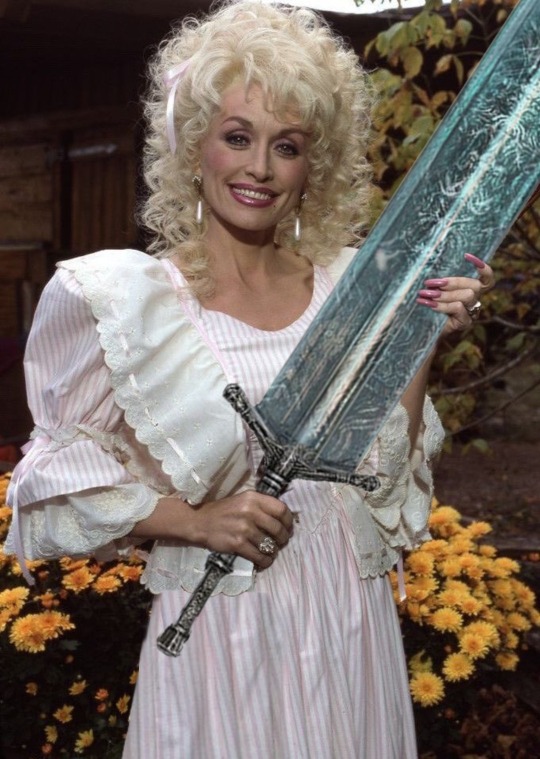
46K notes
·
View notes
Text
Dark Souls 1 had the best universe of the three not for it’s particular grimdark doomed European worldscape or anything but because Big Hat was a formal rank if you became a good enough wizard
2K notes
·
View notes
Photo


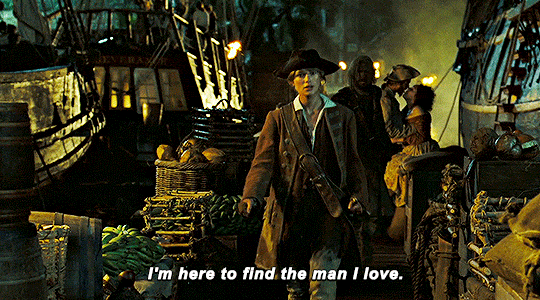

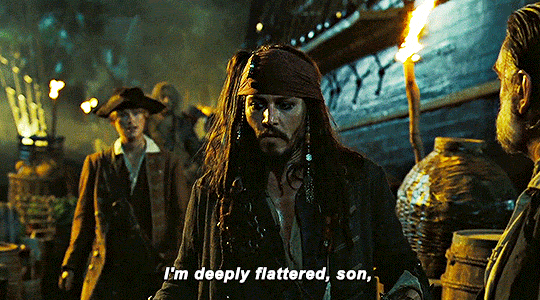

PIRATES OF THE CARIBBEAN: DEAD MAN’S CHEST (2006) dir. Gore Verbinski
7K notes
·
View notes
Photo










Pictures Capture the Invisible Glow of Flowers by Craig Burrows
Ultraviolet light reveals alien-like colors and fairy sparkles in seemingly normal plants. Take a look at some of the flowers photographed by Craig Burrows and you might feel as if you’ve suddenly been transported into the alien world of Pandora from James Cameron’s Avatar. Brightly pigmented petals starkly contrast a black background as specks of light, like glitter or fireflies, scatter across the blossoms.
1K notes
·
View notes
Text
Every year I look forward to the Lyttle Lytton contest, where people submit the worst opening lines to a fake novel that, god willing, will never actually be written. My favorites from this year:






AND my personal favorite:

46K notes
·
View notes




